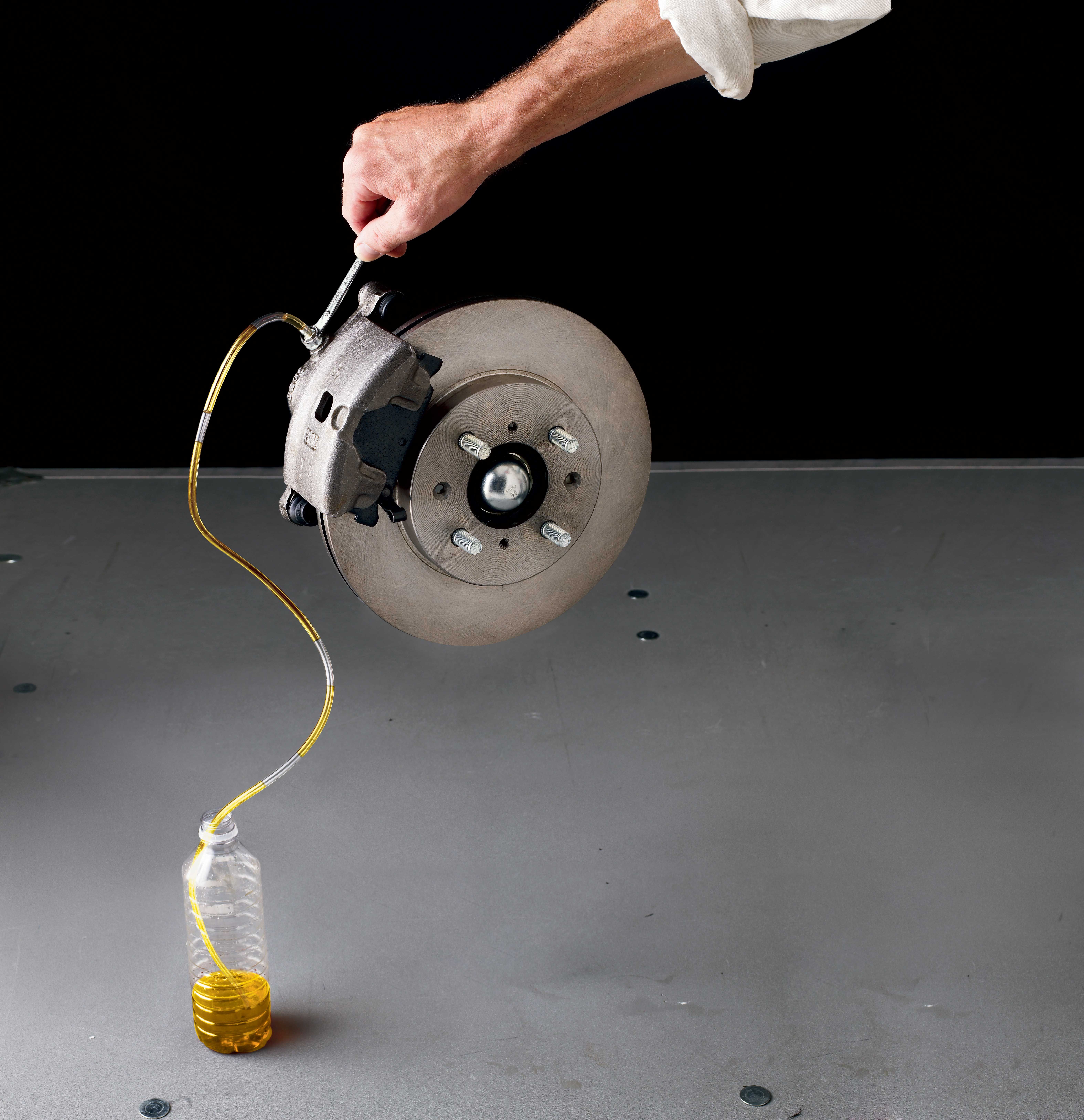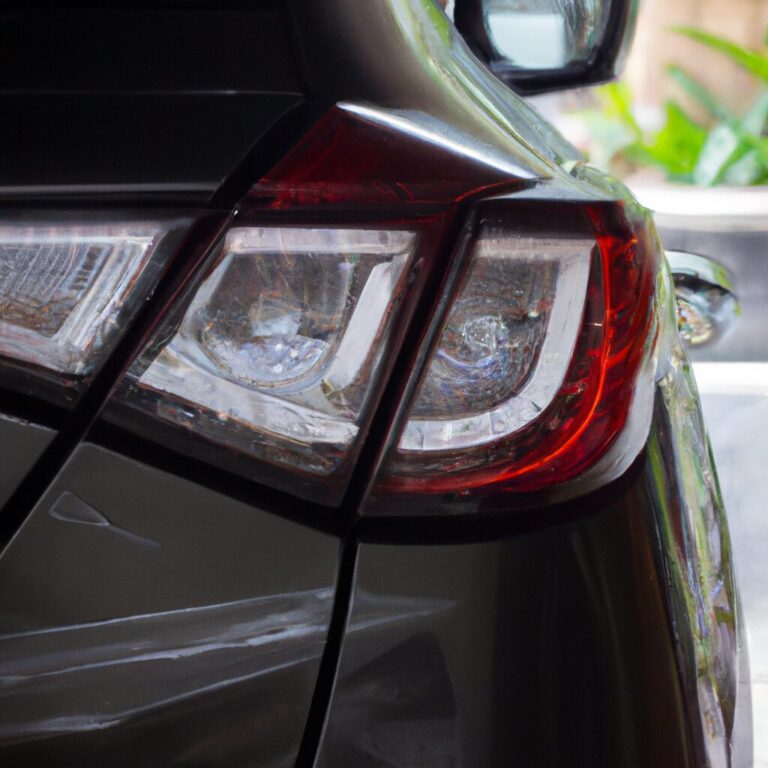How to Pump Brakes After Replacing Pads
To pump brakes after replacing pads, start the car and gently press the brake pedal multiple times. This will create pressure in the system to ensure proper brake function.
Maintaining your vehicle’s braking system is crucial for safety on the road. After replacing brake pads, it is important to pump the brake pedal to ensure that the new pads are properly seated and functioning correctly. By following this simple post-maintenance step, you can guarantee optimal braking performance and peace of mind while driving.
Taking the time to perform this procedure can prevent potential safety issues and help you maintain control over your vehicle in any driving situation.

Credit: www.youtube.com
Why You Need To Pump Brakes
When replacing brake pads, it’s crucial to pump the brakes to ensure proper functionality and safety. Pumping the brakes is a necessary step that serves several important purposes, including preventing brake fade and removing air from the brake lines.
Preventing Brake Fade
Brake fade can occur when the brake system overheats, leading to a loss of stopping power. This can be particularly dangerous in emergency situations. Pumping the brakes helps to prevent this by ensuring that the brake pads are in full contact with the rotors, maintaining efficient braking performance at all times.
Removing Air From The Brake Lines
When replacing brake pads, air can become trapped in the brake lines, compromising the effectiveness of the braking system. Pumping the brakes helps to expel any air bubbles, ensuring that the brake fluid is able to flow smoothly and consistently, thereby maintaining optimal braking performance.
Step-by-step Guide For Pumping Brakes
Learn how to properly pump brakes after replacing pads with this step-by-step guide.
1. Prepare The Vehicle
Ensure the car is parked on a flat surface and the parking brake is engaged.
Loosen the lug nuts on the wheels and lift the vehicle with a jack.
Remove the wheels and locate the brake fluid reservoir under the hood.
2. Start The Engine
Start the engine to build pressure in the brake system.
Make sure the car is in Park or Neutral before proceeding.
Listen for any unusual sounds that may indicate a problem.
3. Pump The Brake Pedal
Press the brake pedal firmly and steadily multiple times.
Each time you press, the pedal should feel firmer and more responsive.
Continue pumping until the pedal no longer sinks to the floor.
4. Check The Brake Fluid Level
Open the reservoir cap and inspect the fluid level.
If it is low, add more brake fluid to the recommended mark.
Replace the cap securely before test driving the vehicle.
Common Mistakes To Avoid
After replacing brake pads, it’s important to avoid common mistakes when pumping the brakes. Follow these tips for a smooth and effective process.
In the process of replacing brake pads, avoiding common mistakes is crucial.Ignoring The Brake Bleeding Process
Brake bleeding removes air from the brake line to ensure proper functionality.Overfilling The Brake Fluid Reservoir
Overfilling can lead to hydraulic pressure issues, causing brake failure.
Credit: www.amazon.com
Tips For Effective Brake Pumping
When it comes to maintaining your vehicle’s brakes, knowing how to effectively pump them after replacing the pads is crucial. To ensure safety and functionality, proper brake pumping is essential. Here are some tips for effective brake pumping:
Use The Correct Technique
Start by sitting in the driver’s seat and firmly pressing the brake pedal several times. Make sure to utilize the correct pumping technique. After replacing the brake pads, it’s important to gradually build pressure in the braking system. This can be done by pressing the pedal with a smooth and steady motion, allowing the new pads to adjust and engage properly.
Be Patient And Persistent
Patience is key when it comes to pumping the brakes after a pad replacement. Give the new pads time to settle and adjust to the rotor surface. It might take several pumping cycles before you feel the brakes responding as they should. Be persistent in your efforts and continue to pump the brakes until they feel firm and responsive.
In addition to these tips, it’s important to test your brakes in a safe and controlled environment before resuming normal driving. By following these guidelines, you can ensure that your brakes are functioning optimally after a pad replacement.
Safety Precautions To Follow
After replacing brake pads, it is crucial to follow safety precautions when pumping brakes. Ensure the vehicle is on a level surface and the parking brake is engaged. Slowly apply pressure to the brake pedal to build up pressure in the system before driving, keeping an eye out for any unexpected issues.
After replacing brake pads, it is crucial to follow safety precautions to ensure a secure and efficient brake system. By adhering to these precautions, you can reduce the risk of accidents and injury. Here are the key safety measures to consider:Wear Protective Gloves And Eyewear
To protect yourself from any potential hazards, it is important to wear appropriate protective gloves and eyewear. These can shield your hands and eyes from dust, debris, and any potential chemicals involved in the brake pad replacement process. By using protective gloves and eyewear, you safeguard yourself against any possible harm.Work In A Well-ventilated Area
Working in a well-ventilated area is vital to your safety. When replacing brake pads, you might encounter substances like brake dust or solvents that produce harmful fumes. Ensure that your workspace is well-ventilated to prevent the accumulation of these fumes, which can be hazardous to your health. Proper ventilation helps in maintaining a safe and comfortable environment while working on your vehicle’s brake system. By following these essential safety precautions, you can make sure that your brake pad replacement process is done efficiently and without any risk to your well-being. Remember, prioritizing safety is of utmost importance when it comes to maintaining your vehicle’s braking system.
Credit: www.popularmechanics.com
Frequently Asked Questions On How To Pump Brakes After Replacing Pads
Should You Pump Brakes After Changing Pads?
Yes, it’s important to pump brakes after changing pads to ensure proper brake function. This helps remove air pockets and allows the brake system to work efficiently.
What To Do After Changing Brake Pads?
After changing brake pads, make sure to break in the new pads gently. Check for proper alignment and secure all parts. Test the brakes in a safe area before hitting the road. Keep an eye on brake performance in the following days for any issues.
Why Does My Brake Pedal Go To The Floor After Replacing Pads?
After replacing brake pads, the brake pedal may go to the floor due to air in the brake lines. This can result from improper bleeding of the brakes. It’s important to properly bleed the brake system to ensure proper pedal feel and braking performance.
How Do You Reset Brakes After Replacing Pads?
To reset brakes after replacing pads, follow these steps: 1. Start by pumping the brake pedal a few times to restore pressure in the system. 2. Next, drive the car at a low speed and apply the brakes gently to bed the new pads in.
3. Repeat this process a few times to ensure proper brake performance. 4. Remember to check the brake fluid level and top it up if necessary. 5. If the pedal feels spongy or there is inadequate braking power, consult a professional mechanic for further inspection.
How Do You Pump Brakes After Replacing Pads?
To pump brakes after replacing pads, start the car, press and release the brake pedal multiple times to reposition the new pads and ensure optimal braking performance.
Why Is It Necessary To Pump Brakes After Replacing Brake Pads?
Pumping the brakes after replacing pads helps to reset the brake system, ensuring proper pad-to-rotor contact and preventing any potential brake pedal sponginess or reduced braking efficiency.
How Many Times Should You Pump Your Brakes After Replacing The Pads?
It is recommended to pump the brakes at least three to four times after replacing the pads. This helps to ensure the new pads are properly aligned and in contact with the rotors.
Conclusion
Mastering the art of pumping brakes after replacing pads is crucial for the safety and performance of your vehicle. By following the steps mentioned, you can ensure that your brakes are working efficiently and effectively. Regular maintenance and proper handling are key to prolonging the lifespan of your brakes and ensuring a smooth driving experience.

